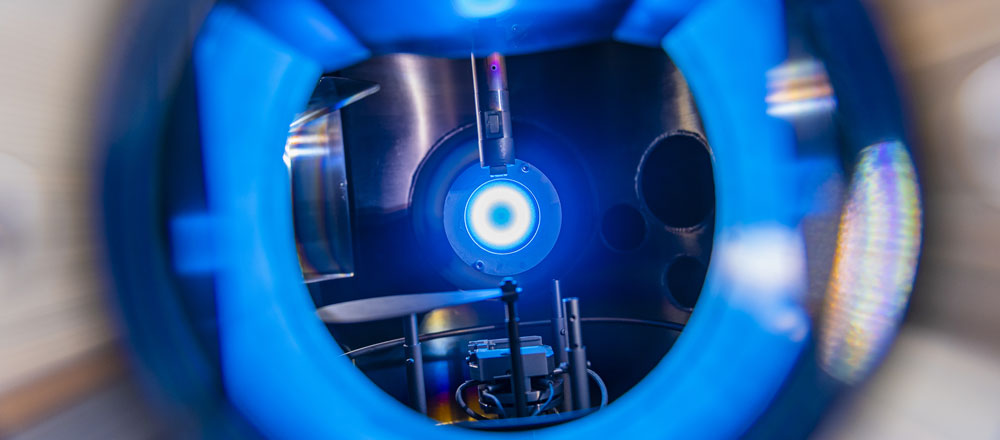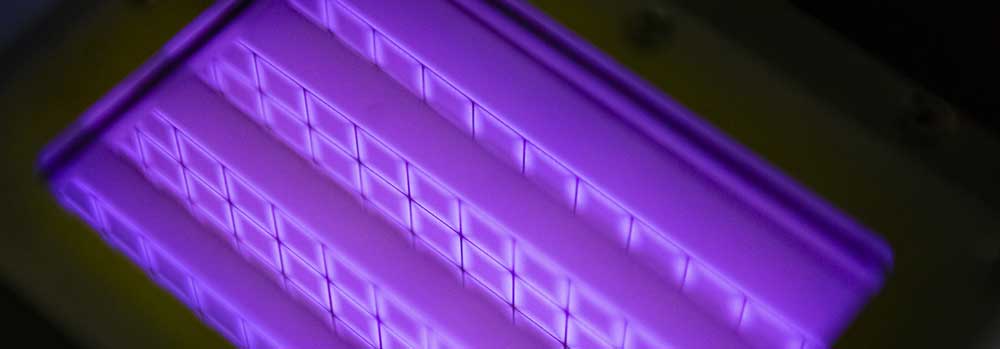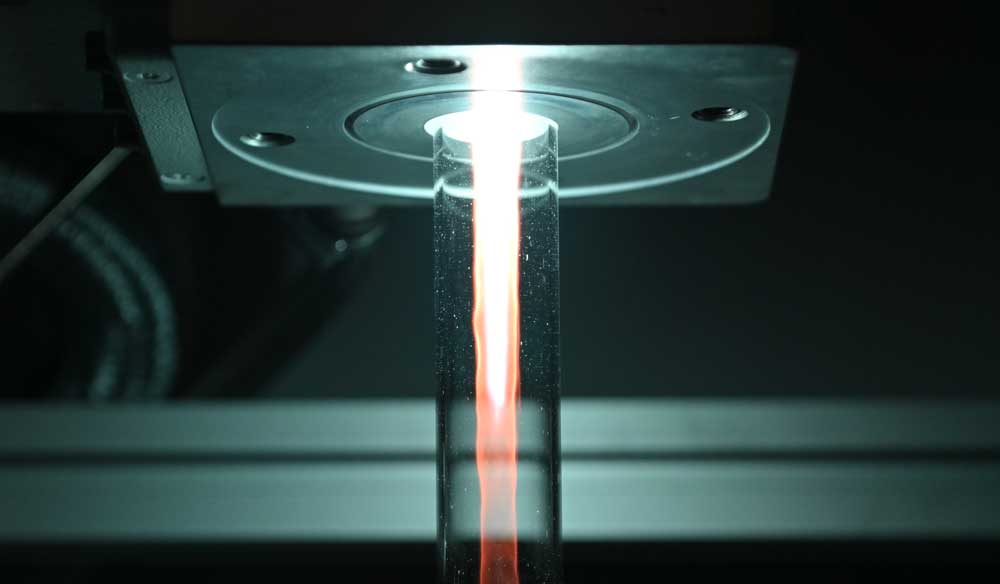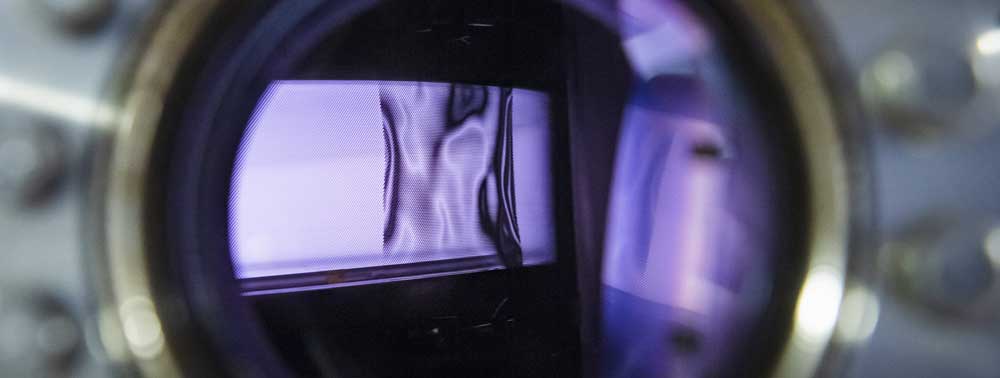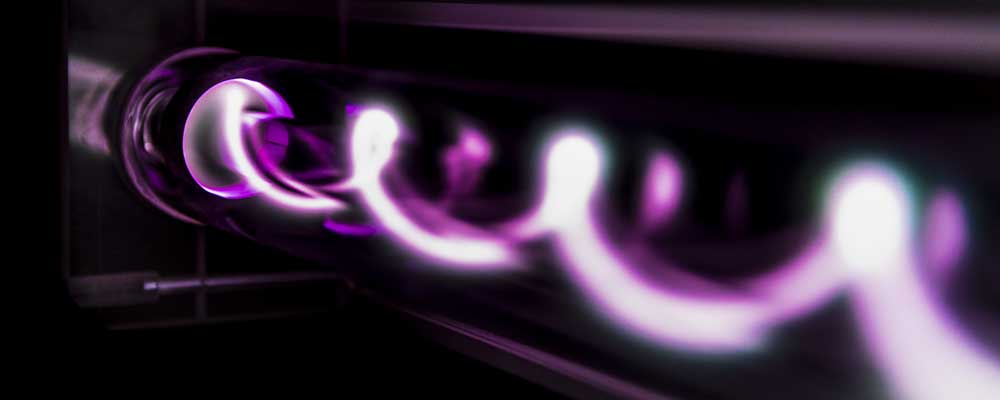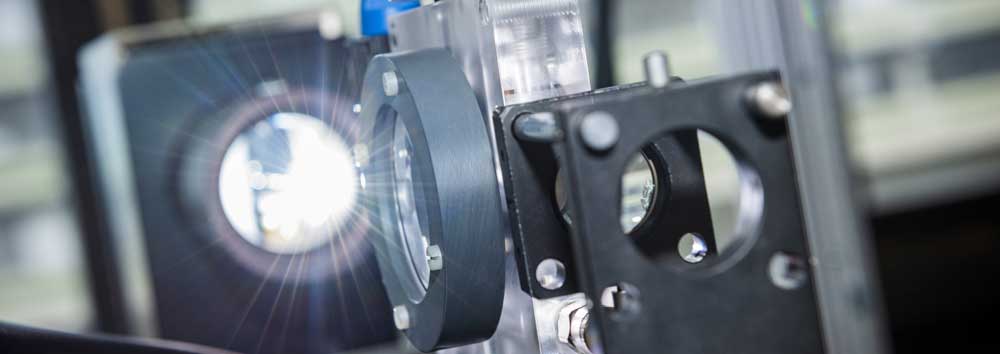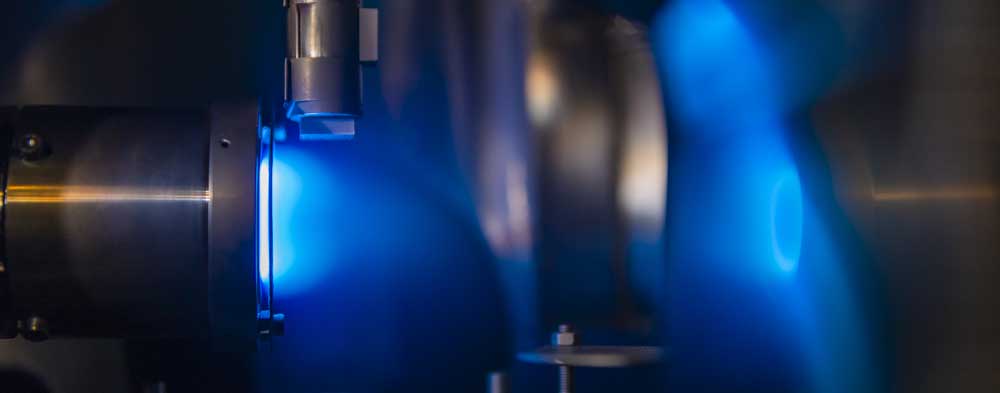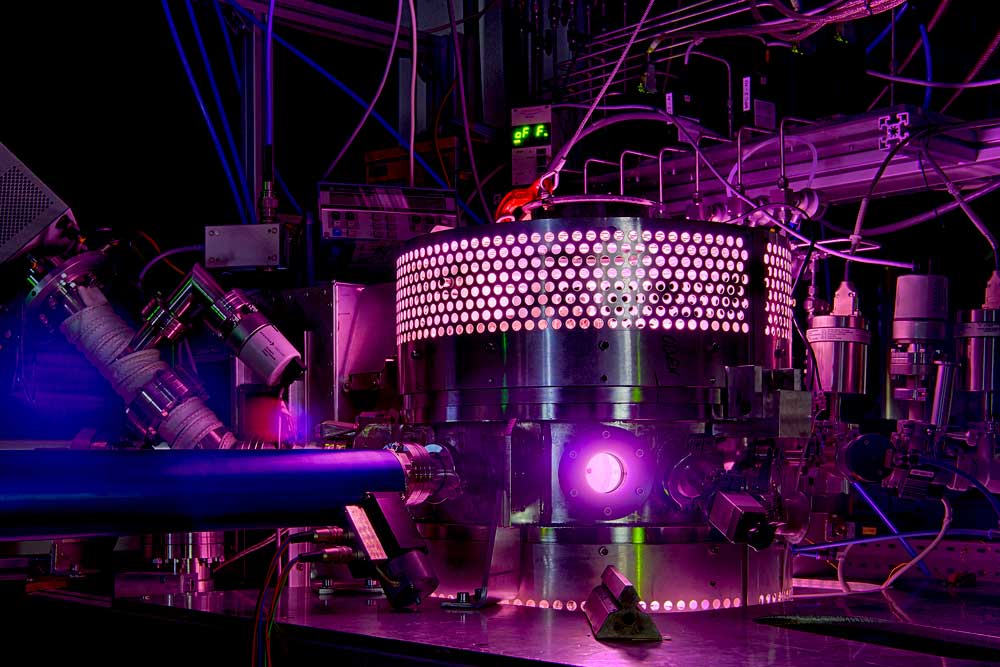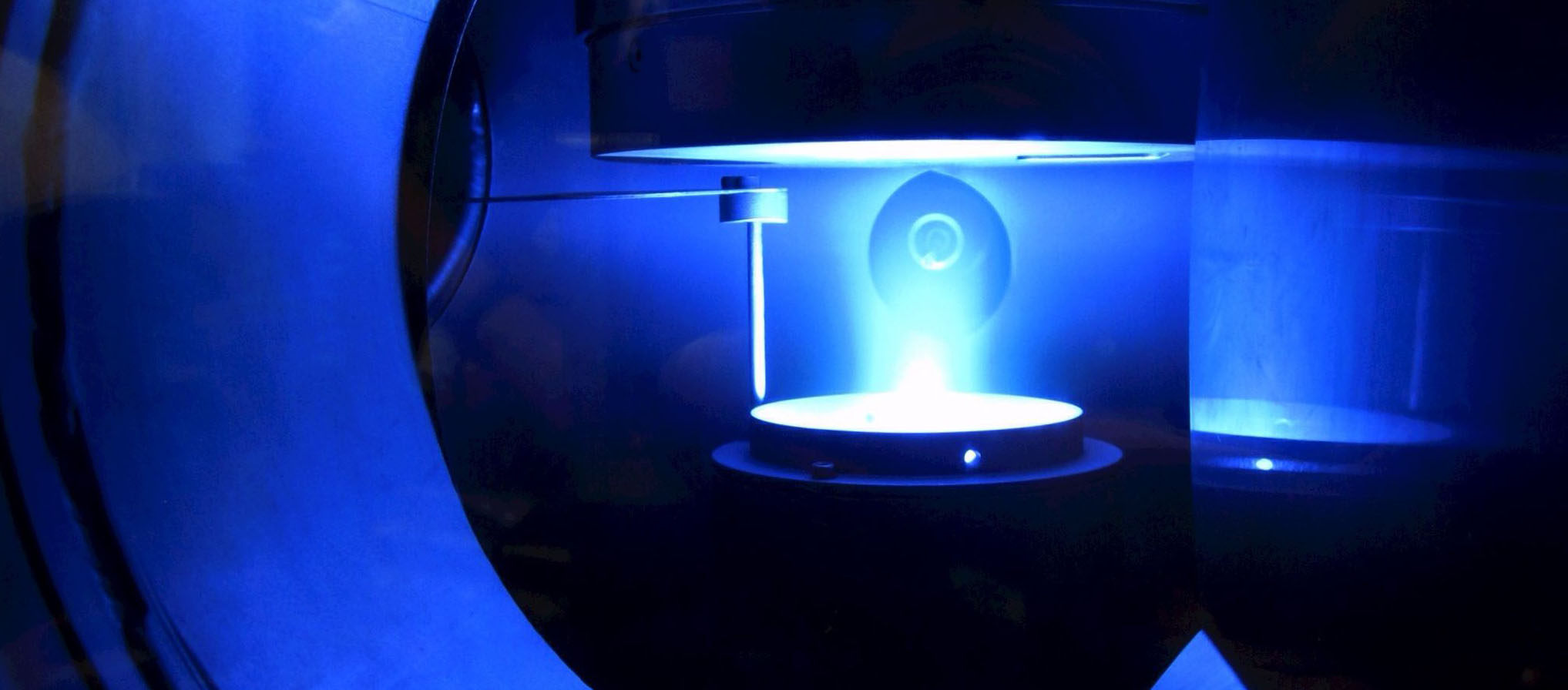Award
Martin Muhler receives Alwin Mittasch Award 2023
Prof. Dr. Martin Muhler was awarded the Alwin Mittasch Prize 2023 for his "fundamental contributions to the cross-scale understanding of the mode of action of catalyst materials in chemical reactions for future-oriented technologies". This award is given to researchers for outstanding achievements in the field of catalyst research by German Society for Catalysis. The award will be handed over in Weimar on March 16, 2023.
Prof. Dr. Martin Muhler holds the Chair of Technical Chemistry at Ruhr-Universität and is a board member of SFB 1316, PI in project A7 "Plasma catalysis for conversion of volatile organic compounds (VOC)", as well as a member of the MGK.
- More information about the award can be found in the RUB article.
Honour
Lukas Mai receives a PhD award

Dr. Lukas Mai from the Faculty of Chemistry and Biochemistry receives a prize from the German Chemical Society (GDCh). The prize is the H.C. Starck Tungsten Doctoral Award 2021 of the GDCh Division of Solid State Chemistry & Materials Research. The prize is awarded for Mai's dissertation "Investigation of Amino-Alkyl Coordinated Complexes as New Precursor Class for Atomic Layer Deposition of Aluminum, Tin and Zinc Oxide Thin Films and Their Application." The certificate and the prize money of 2,500 euros will be awarded at the Science Forum Chemistry at the end of August.
The award-winning work was carried out in an interdisciplinary environment between chemistry, materials science and engineering in the Chemistry of Inorganic Materials group. It involved the investigation of new chemicals, known as precursors, used for the deposition of ultrathin films by atomic layer deposition. These nanostructured thin films could then be tested in current applications as gas sensors, gas barrier layers or in transistors. The two projects SFB-TR 87 and EFRE-FunALD, within which the work was carried out, provided the ideal platform for this application-oriented research.
Atomic Layer Deposition is used in microelectronics for computer chips, displays and sensors, among other applications, to deposit various materials with a thickness of a few nanometers (one millionth of a millimeter) on surfaces. Chemical compounds, known as precursors, are used for this purpose, which must be volatile, thermally stable and reactive. Alkyl compounds are often used in industry, but although they meet these conditions, they self-ignite in air and thus require high safety precautions. Lukas Mai used a so-called 3-(dimethylamino)propyl (DMP) ligand to stabilize aluminum, tin and zinc compounds, which are thus safer and still meet all precursor conditions.
adapted from RUB, Arne Dessaul
SFB-TR 87
Lukas Mai and colleagues on new chemistry for ultra-thin gas sensors

A Bochum team has developed a new process for zinc oxide coatings that can be used in nitrogen oxide sensors and as protective coatings on plastics.
The application of zinc oxide coatings in industry is manifold and ranges from the protection of perishable goods from air to the detection of toxic nitrogen oxides. Such layers can be produced by means of atomic layer deposition (ALD), which normally uses precursor chemicals, so-called precursors, which ignite immediately in air. An interdisciplinary research team at the Ruhr-Universität Bochum (RUB) has now established a new production process based on non-self-igniting precursors that takes place at such low temperatures that plastics can also be coated. The team reported in the magazine "Small", which selected the article for its title in the issue of 4 June 2020.
Applying ultra-thin coatings
To produce a sensor for nitrogen dioxide (NO2), a thin layer of nanostructured zinc oxide (ZnO) must be applied to a sensor substrate and then integrated into an electrical component. Prof. Dr. Anjana Devi's team used ALD to apply ultra-thin ZnO layers to such sensor substrates.
In general, ALD processes are used in industry to miniaturize electrical components by means of ultra-thin layers, some of which are only a few atomic layers thick, while at the same time increasing the efficiency. This requires precursors that react on a surface in the ALD process to form a thin layer. "The chemistry behind ALD processes is therefore essential and has a great influence on the resulting layers," emphasizes Anjana Devi.
Safe handling and highest quality
In industry, ZnO coatings have so far been produced with an extremely reactive zinc precursor that ignites immediately in air, experts call it pyrophoric. "The key to developing a safe ALD process was to research a new, non-pyrophoric precursor that can be handled safely and is capable of producing ZnO coatings of the highest quality," said Lukas Mai, lead author of the study. "The challenge was to find an alternative chemistry capable of replacing pyrophoric, industrially used compounds".
The special feature of the new process is that it is even possible at low temperatures, which makes it possible to coat plastics. Thus, the new process is not only suitable for the production of gas sensors, but also for gas barrier layers. These are applied to plastic in industry and are used to protect sensitive goods such as food and medicines from air.
This was made possible by the interdisciplinary cooperation of natural scientists and engineers. The team included the working groups Chemistry of Inorganic Materials headed by Anjana Devi and General Electrical Engineering and Plasma Technology headed by Prof. Dr. Peter Awakowicz, researchers from Heinrich Heine University Düsseldorf and the company Paragon.
The work was funded by the European Fund for Regional Development (EFRE) in the Funald project and by the German Research Foundation in the framework of the Collaborative Research Centre/Transregional TR87. Lukas Mai was supported by the Stiftung der Deutschen Wirtschaft.
adapted from Meike Drießen, RUB
Eickhoff prize
Dr.-Ing. Schmidt is awarded for his outstanding dissertation
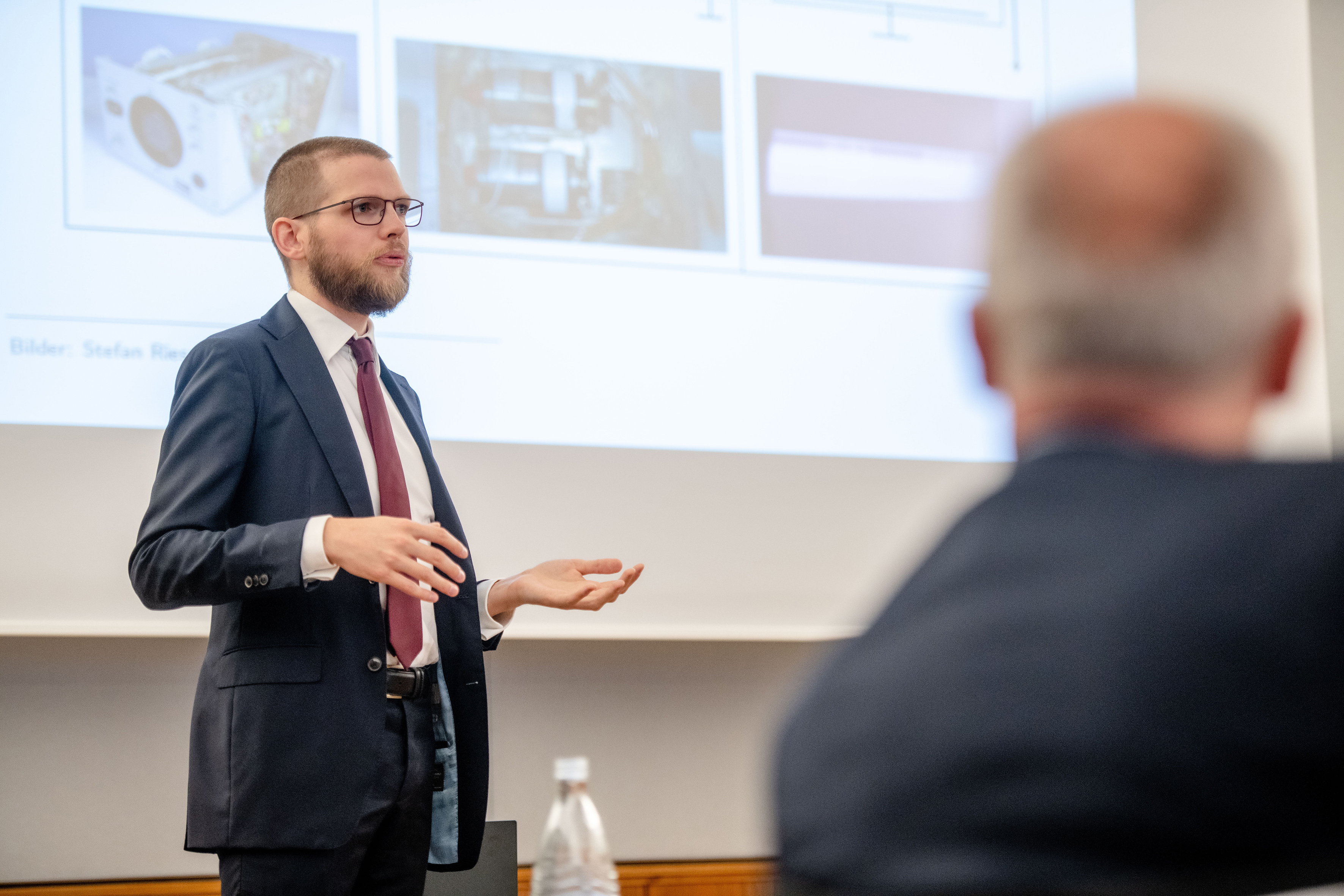
Technical plasmas are among the things that have a significant influence on the world around us, without many people knowing about it. "You can, for example, process surfaces with plasmas; but they are crucial in the production of modern computer chips, which are built into almost all modern technical devices - from cars to smart phones," explains Frederik Schmidt. "A better understanding of this technology leads to innovations that make our lives easier, network people and shape our future.
In his dissertation, he investigated how the energy gets into a plasma. The path from the power socket to nanometer-sized semiconductor tracks is being investigated by various specialists and is in part well understood. Frederik Schmidt has brought together two of these specialist areas: the electrical network between the power socket and the plasma on the one hand, and detailed plasma simulations on the other. This makes it possible to investigate the relationship between the two. "For example, I have looked at the paths along which energy flows and how much is lost on its way into the plasma. That is sometimes quite a lot," says the researcher. The results help to make systems and superstructures more efficient and thus more economical and ecological. In addition, he has developed his own electrical network that can be implemented for certain applications with considerably less effort and losses than before. "I was able to show theoretically that this works. Colleagues in France were then able to prove in experiments that it is also practically possible to build something like this," says Schmidt.
adapted from Meike Drießen, RUB
Eickhoff prize
Dr.-Ing. Schmidt is awarded for his outstanding dissertation
Technical plasmas are among the things that have a significant influence on the world around us, without many people knowing about it. "You can, for example, process surfaces with plasmas; but they are crucial in the production of modern computer chips, which are built into almost all modern technical devices - from cars to smart phones," explains Frederik Schmidt. "A better understanding of this technology leads to innovations that make our lives easier, network people and shape our future.

In his dissertation, he investigated how the energy gets into a plasma. The path from the power socket to nanometer-sized semiconductor tracks is being investigated by various specialists and is in part well understood. Frederik Schmidt has brought together two of these specialist areas: the electrical network between the power socket and the plasma on the one hand, and detailed plasma simulations on the other. This makes it possible to investigate the relationship between the two. "For example, I have looked at the paths along which energy flows and how much is lost on its way into the plasma. That is sometimes quite a lot," says the researcher. The results help to make systems and superstructures more efficient and thus more economical and ecological. In addition, he has developed his own electrical network that can be implemented for certain applications with considerably less effort and losses than before. "I was able to show theoretically that this works. Colleagues in France were then able to prove in experiments that it is also practically possible to build something like this," says Schmidt.
adapted from Meike Drießen, RUB
Research success in the SFB-TR 87
Zanders et al. generate an unusual cobalt compound
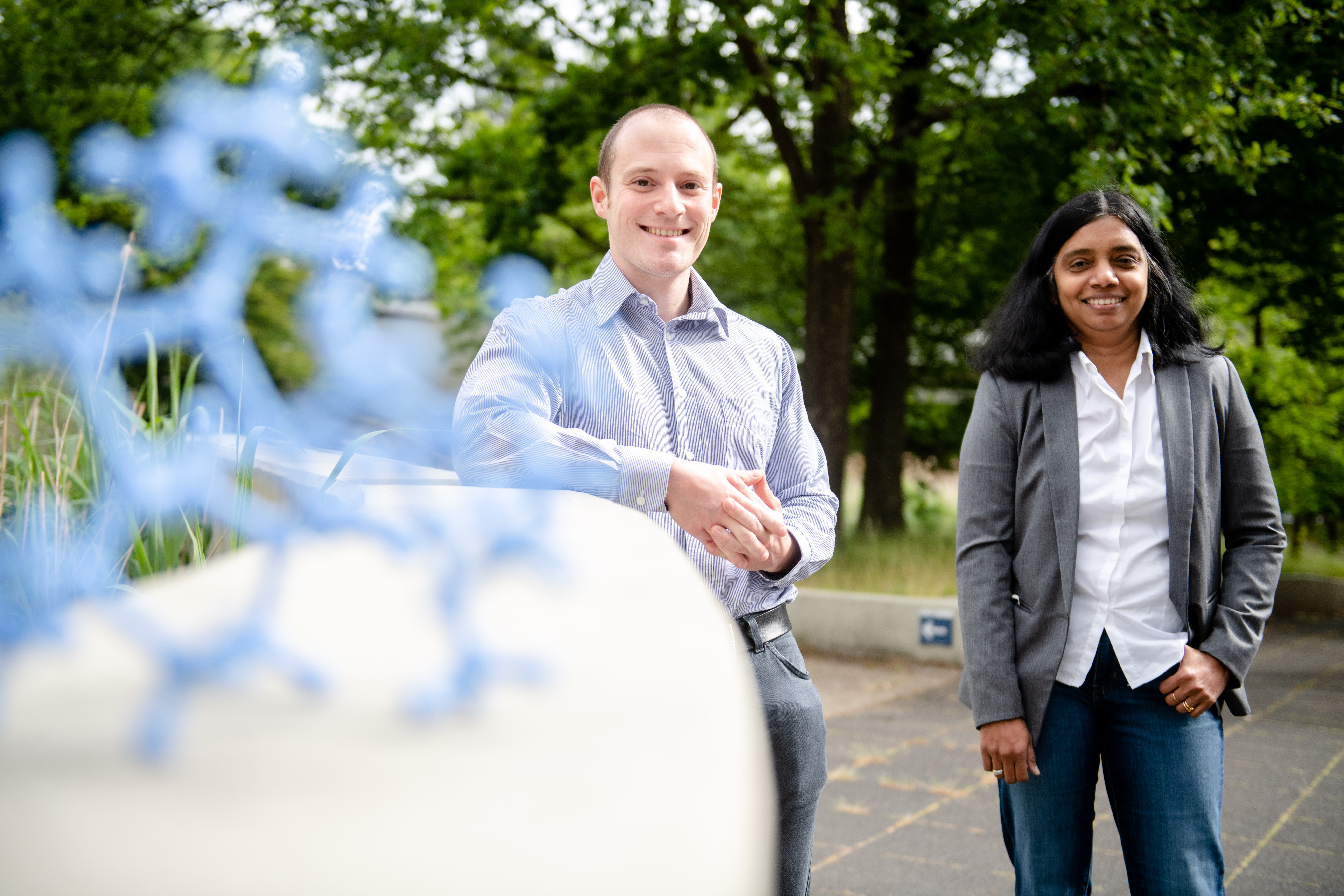
A research team from Ruhr-Universität Bochum (RUB) and Carleton University in Ottawa has developed a novel, highly versatile cobalt compound. The molecules of the compound are stable, extremely compact and have a low molecular weight so that they can be evaporated for the production of thin films. Accordingly, they are of interest for applications such as battery or accumulator production. Because of their special geometry, the compound also has a very unusual spin configuration of ½. A cobalt compound like that was last described in 1972. The team published their report in the journal Angewandte Chemie International Edition from 5 May 2020.
The geometry makes the difference
“The few known cobalt(IV) compounds exhibit high thermal instability and are very sensitive towards air and moisture exposure. This impedes their implementation as model systems for broad reactivity studies or as precursors in material synthesis,” explains lead author David Zanders from the Inorganic Materials Chemistry research group in Bochum, headed by Professor Anjana Devi. In his ongoing binational PhD project, which has been agreed upon by Ruhr University and Carleton University by a Cotutelle agreement, David Zanders and his Canadian colleagues Professor Seán Barry and Goran Bačić discovered a cobalt(IV) compound that does not only possess the aforementioned properties but also exhibits an unusually high stability.
Based on theoretical studies, the researchers demonstrated that a nearly orthogonal embedding of the central cobalt atom in a tetrahedrally arranged environment of connected atoms – so-called ligands – is the key to stabilising the compound. This specific geometric arrangement within the molecules of the new compound also enforces the unusual electron spin of the central cobalt atom. “Under these extraordinary circumstances, the spin can only be ½,” points out David Zanders. A cobalt compound with this spin state and similar geometry has not been described for almost 50 years.
Following a series of experiments, the team also showed that the compound has a high volatility and can be evaporated at temperatures of up to 200 degrees Celsius with virtually no decomposition, which is unusual for cobalt(IV).
Promising candidate for ultra-thin layers
Individual molecules of the compound dock onto surfaces in a controllable manner after evaporation. “Thus, the most fundamental requirement of a potential precursor for atomic layer deposition has been fulfilled,” asserts Seán Barry. “This technique has increasingly gained in importance in industrial material and device manufacturing, and our cobalt(IV) compound is the first of its kind that is fit for this purpose.” “Our discovery is even more exciting as the high-valent oxides and sulfides of cobalt are considered to have great potential for modern battery systems or microelectronics,” adds Anjana Devi. Following frequent charging and discharging, electrodes in rechargeable batteries become more and more unstable, which is why researchers are looking for more stable and, consequently, more durable materials for them. At the same time, they also focus on using new manufacturing techniques.
“This binational collaboration, which was initiated by David Zanders, has pooled the creativity and complementary expertise of chemical engineers from Bochum and Ottawa. All this has produced unexpected results and was certainly the key to success,” concludes Anjana Devi.
written by Meike Drießen, RUB
Honourship
Finnish university awards Anjana Devi an honorary doctorate
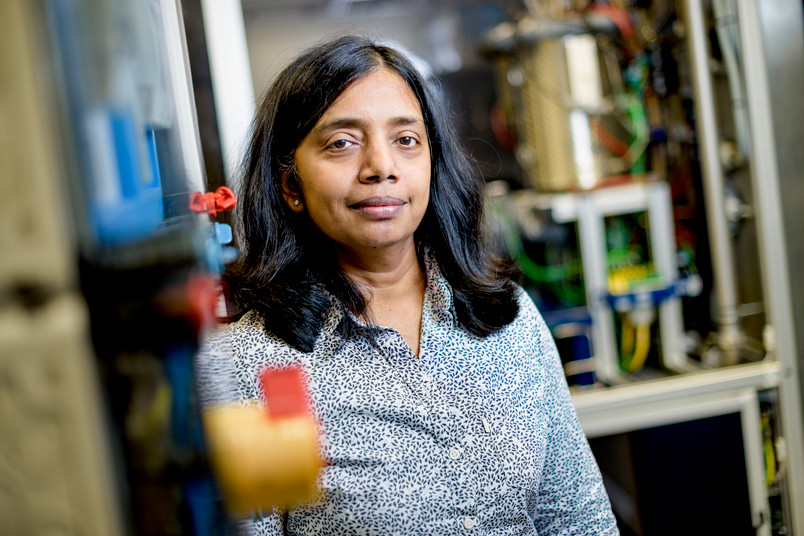
The chemist is a specialist for ultra-thin layers, some of which consist of only a single layer of atoms. The development and application of new chemical precursors, so-called precursors, for the production of ultra-thin layers, some of which consist of only one atomic layer, is the speciality of Prof. Dr. Anjana Devi, head of the Chemistry of Inorganic Materials group at the RUB. Such layers are used, for example, for the production of solar cells, sensors, displays or components for micro- and optoelectronics. For her work in this field, Anjana Devi was awarded an honorary doctorate by the Finnish Aalto University. The cooperation is related to framework of the SFB-TR 87.
The key technologies Devis Team works with are Atomic Layer Deposition (ALD) and Chemical Vapor Deposition (CVD). In both cases, the aim is to deposit very thin layers of a material, for example metals or semiconductor materials, on a substrate and to investigate the influence of newly developed precursors. "Anjana Devi has helped to bring the ALD and CVD communities together by organizing major international conferences and leading EU projects in this field," says the Aalto University's rationale. Since 2014, the Bochum team has had a close exchange with the Finnish university, including joint supervision of doctoral students.
adapted from RUB webpage, written by Meike Drießen
